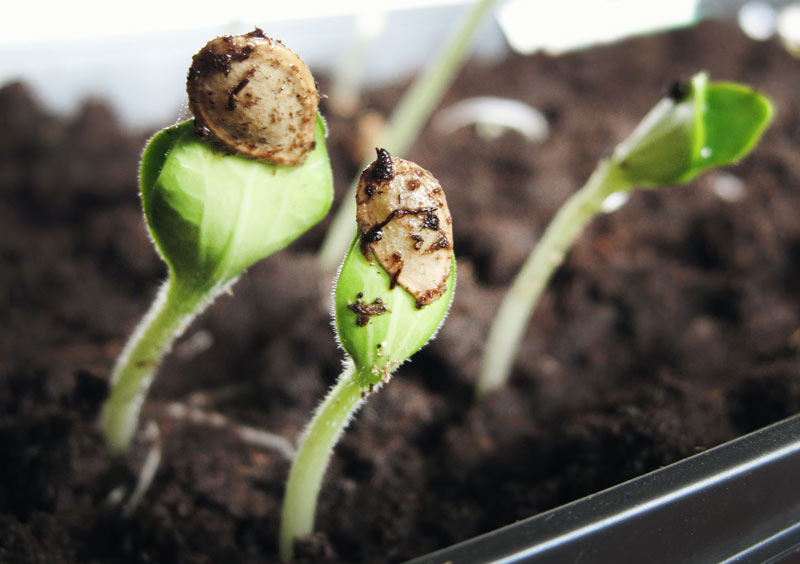By Paulina Andrews and Emily Tegley
2022 Trafficking in Persons (TIP) Report
On July 19, 2022, the U.S. Department of State released the 2022 Trafficking in Persons (TIP) Report. The TIP Report is federally mandated by the Trafficking Victims Protection Act (TVPA). Each year, the TIP Report evaluates global anti-trafficking efforts and ranks countries into three tiers based on whether the countries have met the TVPA’s minimum standards.
Ranking System:
The 2022 TIP Report’s three-tier system ranks countries based on each country’s efforts to prosecute traffickers, protect trafficking victims, and prevent human trafficking. The tiers are based on the country’s efforts to address human trafficking and not on the size of the country’s human trafficking problem.
Countries that have made efforts to fully meet the TVPA’s minimum standards are placed in Tier 1. Tier 2 status is reserved for countries that have not fully met the TVPA’s minimum standards but are “making significant efforts to bring themselves into compliance with those standards.” The Tier 2 Watch List includes countries that have made efforts to meet the TVPA’s minimum standards, but: (1) “the estimated number of victims of severe forms of trafficking is very significant or significantly increasing and the country is not taking proportional concrete actions”; or (2) “there is a failure to provide evidence of increasing efforts to combat severe forms of trafficking in persons from the previous year.” Countries that do not meet the TVPA’s minimum standards and are not working to meet the standards are placed in Tier 3. Countries in Tier 3 may not be eligible for non-humanitarian and non-trade related funding.
The 2022 TIP Report also emphasizes the importance of ethically engaging survivors, seeking survivors’ input in decision-making, and employing survivors in a trauma-informed work environment. To achieve these goals, the TIP Report provides recommendations such as: encouraging organizations to budget for hiring survivors; ensuring organizations have obtained informed consent from a survivor before sharing the survivor’s story; compensating survivors appropriately for their time; and fostering a safe, trauma-informed environment in the workplace. Furthermore, the TIP Report addresses how survivors have diverse backgrounds and encourages anti-trafficking efforts to acknowledge that there is no “‘typical’ survivor or story.” On July 20, the U.S. State Department held a briefing on this year’s TIP report, where the panel echoed the importance of having survivor-informed programs and policies. In keeping with this goal, the U.S. State Department relied on the U.S. Advisory Council on Human Trafficking, an appointed group of survivor leaders who advise and make recommendations on federal anti-trafficking policies, as subject matter experts to aid with the introductory materials for this year’s report, which is a tool to begin a global conversation on the inclusion of survivor expertise. Further, the panel noted that a dramatic increase in governments actively seeking survivor input could already be seen.
The United States:
The United States maintained its Tier 1 status in 2022, indicating the United States government has made efforts to meet the TVPA’s minimum standards. The TIP Report notes that the United States has maintained prosecution efforts and passed additional legislation to protect victims. For example, the TIP Report cites legislation the United States Congress enacted requiring credit reporting companies to remove adverse credit activity from victims’ reports when that credit activity is connected to their victimization. Additionally, the TIP Report explains the United States has improved its overall protection efforts by increasing the number of victims served and continuing to fund anti-trafficking efforts. Lastly, the TIP Report praised the United States’ prevention efforts, including its three-year national action plan to combat trafficking and ongoing public outreach efforts.
However, the TIP Report makes clear that Tier 1 status does not mean “a country has no human trafficking problem or that it is doing enough to address the crime.” Thus, the United States’ Tier 1 status does not mean the United States has a perfect response to human trafficking, and the TIP Report highlights various areas the United States needs to improve. For example, while the TIP Report indicates that the United States continues to reduce demand, the report also notes that advocates argue this demand-reduction must be trauma-informed, must be survivor-informed, and that diverse experiences and voices must be prioritized. In addition, the TIP Report notes the United States’ response to protecting LGBTQI+ individuals and children who are aging out of services is insufficient.
Furthermore, the TIP Report highlights that trafficking survivors continue to face criminal charges resulting from their victimization. Comprehensive victim protection laws are essential to ensuring survivors are identified and equipped to heal from their trafficking victimization and, if they choose to do so, join anti-trafficking efforts. Additionally, the TIP Report notes that criminal records resulting from the traffickers’ victimization exclude survivors from employment opportunities, housing, higher education, government programs, and from meeting their basic needs. The TIP Report also cites cases where trafficking survivors lost custody of their children because the survivors were required to register as sex offenders due to offenses the survivors committed as a result of being trafficked. To address this issue, the TIP Report encourages state, local, and tribal authorities to “implement policies not to prosecute victims for unlawful acts traffickers compelled them to commit.”
Shared Hope International’s Work:
In 2011, Shared Hope launched the Protected Innocence Challenge project, finding most states failed to recognize the crime of child sex trafficking. Under the project, Shared Hope graded each state on the strength of their laws regarding criminalization of child sex trafficking, offender accountability, tools for investigation and prosecution, and victim protections. By 2019, states had made great progress in areas related to criminalization, but service responses lagged. Shared Hope then retired the Protected Innocence Challenge project and released the Report Cards on Child & Youth Sex Trafficking legislative framework, building on the original Protected Innocence Challenge project and preserving its most fundamental components, but including new policy priorities that focus largely on specialized service responses and access to justice. These policies put survivor protections at the forefront of Shared Hope’s ongoing advocacy efforts.
This advanced legislative framework can be used as a tool for lawmakers seeking to address many of the recommendations found in the 2022 TIP Report. For example, to address and respond to the harmful and re-traumatizing effects of arrest and prosecution, the advanced legislative framework recommends that states enact laws to prevent the arrest, detention, and prosecution of children who have committed crimes as a result of their victimization. Specifically, states can take concrete steps to prevent additional trauma by prohibiting the criminalization of minors under 18 for prostitution offenses, prohibiting the criminalization of sex trafficking victims for non-violent crimes and trafficking and commercial sexual exploitation offenses committed as a result of their victimization, and providing victims with an affirmative defense for violent felonies committed as a result of their trafficking victimization. The criminalization of survivors is concerning, and while there has been an increase in awareness, gaps still remain in written policies seeking to prevent the criminalization of survivors.
Additionally, Shared Hope’s JuST Response Council, a group of over 30 experts from around the country who collaborate to improve responses to child sex trafficking, released field guidance on responding to sex trafficking victim-offender intersectionality and the complexities of charging victims of trafficking with offenses committed as a result of being trafficked. The Victim-Offender Intersectionality Report discusses not only why criminalizing survivors is inherently unjust, but also offers approaches for applying a sex trafficking-informed lens.
Shared Hope Resources:
- Report Cards on Child & Youth Sex Trafficking and 2021 Toolkit
- Seeking JuSTice Report: Legal approaches to eliminate criminal liability for juvenile sex trafficking victims
- Responding to Sex Trafficking Victim-Offender Intersectionality: A Guide for Criminal Justice Stakeholders
Take Action:
- Get informed. Visit the U.S. State Department’s website to review the entire 2022 Trafficking in Persons Report.
- Advocate for change. Send your state’s report card to your legislators.
- Join the fight. Sign Shared Hope’s Stop the InJuSTice Campaign petition to encourage states to stop arresting and charging child sex trafficking survivors with prostitution.
 Last August I noticed a missed call and voicemail.
Last August I noticed a missed call and voicemail.





